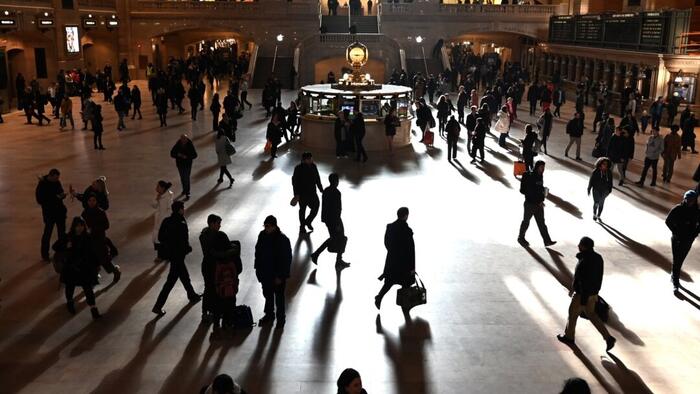In the article by Jeffrey Tucker published in The Epoch Times, the author discusses the long-standing practice of Daylight Saving Time (DST), a twice-yearly ritual that most people find disruptive and unnecessary. From childhood, we are conditioned to remember the phrase “Spring forward, fall back,” which is meant to remind us to adjust our clocks. However, Tucker challenges the notion that this adjustment extends daylight hours, emphasizing that it merely shifts the daylight we experience, effectively saying that “government cannot magically make the day longer.” This system of seasonal clock changes has faced widespread disapproval, with people divided in their preference between Standard Time and Daylight Saving Time, yet there seems to be a collective desire for permanence—one consistent version of time without the bi-annual adjustment that disturbs our routines.
The advent of digital clocks has made the mechanical adjustment of time easier, but the disruption caused by such shifts still results in confusion, missed appointments, and negative health impacts. Numerous studies point to the adverse effects of DST on sleep patterns and overall mental health, including increased rates of hospital admissions and accidents. Tucker points out the paradox: despite the public’s general discontent with DST, it persists mainly due to inertia—there is no significant effort or lobbying to abolish it. He argues that the practice has continued largely because it has always been that way, creating a situation where the majority dislikes it but feels powerless to change it.
Interestingly, the tide may be shifting with the political landscape. Tucker highlights President-elect Donald Trump’s vocal opposition to Daylight Saving Time, suggesting that his commitment to ending the practice could be a turning point for its eventual abolition. He expresses enthusiasm at the possibility of a future without this disruptive time change that confuses people of all ages. Originating during World War I to conserve energy for munitions production, DST’s justification has long been outdated. Instead, it reflects a tendency of elites to manipulate natural systems in a bid for control, positioned against the backdrop of technological advancements and mechanization that characterized the early 20th century.
Tucker provides a historical context surrounding time management in the United States, recounting the influence of the railroad industry on the establishment of standardized time zones in the late 1800s. Before this shift, local noon was determined by the position of the sun, creating a natural order to time. The railroads, in their quest for efficiency, lobbied for a unified scheduling system which ultimately severed the relationship between time and natural patterns. He points out the arrogance inherent in allowing industrial interests to dictate how society perceives and organizes time, leading to a rift between actual solar time and socially constructed time zones.
In what Tucker terms a “rebellion” against artificially imposed time systems, he raises awareness about current tools that help people track their actual solar time. He invites readers to explore how their local time actually aligns with solar time, advocating for a return to a simpler measurement of time, one that aligns with the natural rhythms of the Earth. The re-evaluation of time as a concept has implications not just for personal schedules but also for broader societal structures. By challenging the status quo of time regulation, Tucker advocates for a reconsideration of how we organize our lives against the backdrop of what he sees as an arbitrary system that has persisted far too long.
Tucker suggests that alongside scrapping Daylight Saving Time, we should also reevaluate our entire time zone system, which he deems the root cause of confusion regarding time preferences. He argues that both Standard Time and Daylight Saving Time are artificial constructs and proposes the adoption of Coordinated Universal Time (UTC) as a global standard for scheduling, complemented by local solar times for daily living. This would not only simplify scheduling across different regions but also restore a connection to the natural world, echoing the sense of time preservation that existed prior to industrialization.
In conclusion, Tucker’s reflections on Daylight Saving Time resonate with a broader cultural and philosophical awakening. He suggests that questioning established norms, like DST and even the structure of time zones, represents a larger movement toward reclaiming autonomy over everyday life. The push for abolishing Daylight Saving Time could be seen as a starting point; if successful, it may open the door for further changes that align societal structures with the reality of natural human experience. Ultimately, Tucker’s optimistic perspective heralds a much-needed shift in how society perceives and interacts with the fundamental concept of time.

